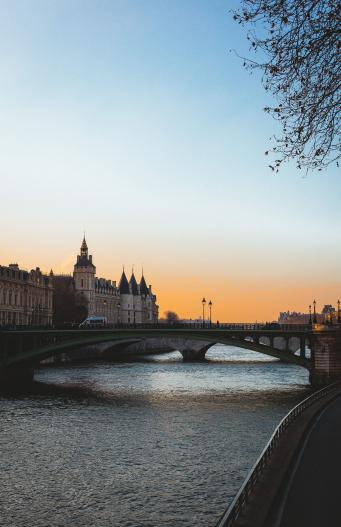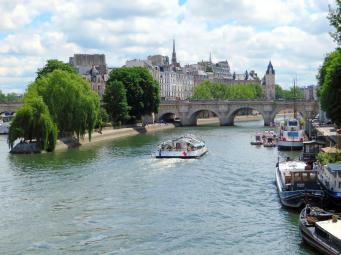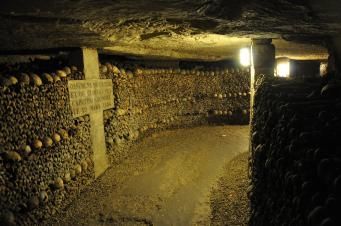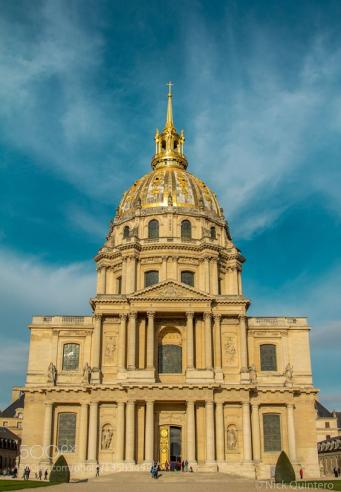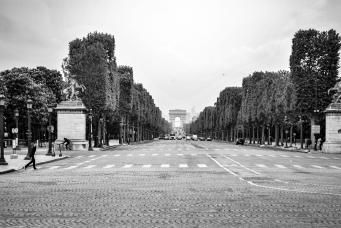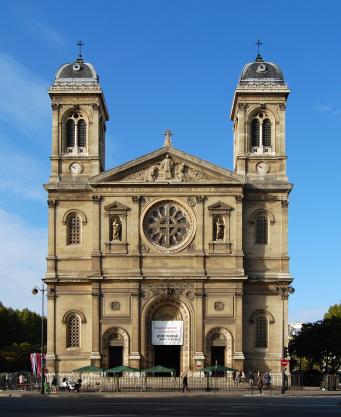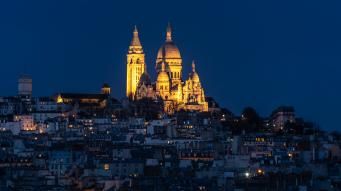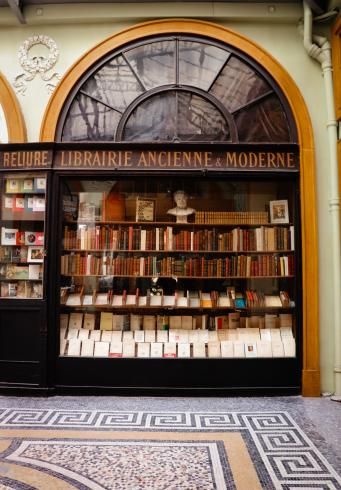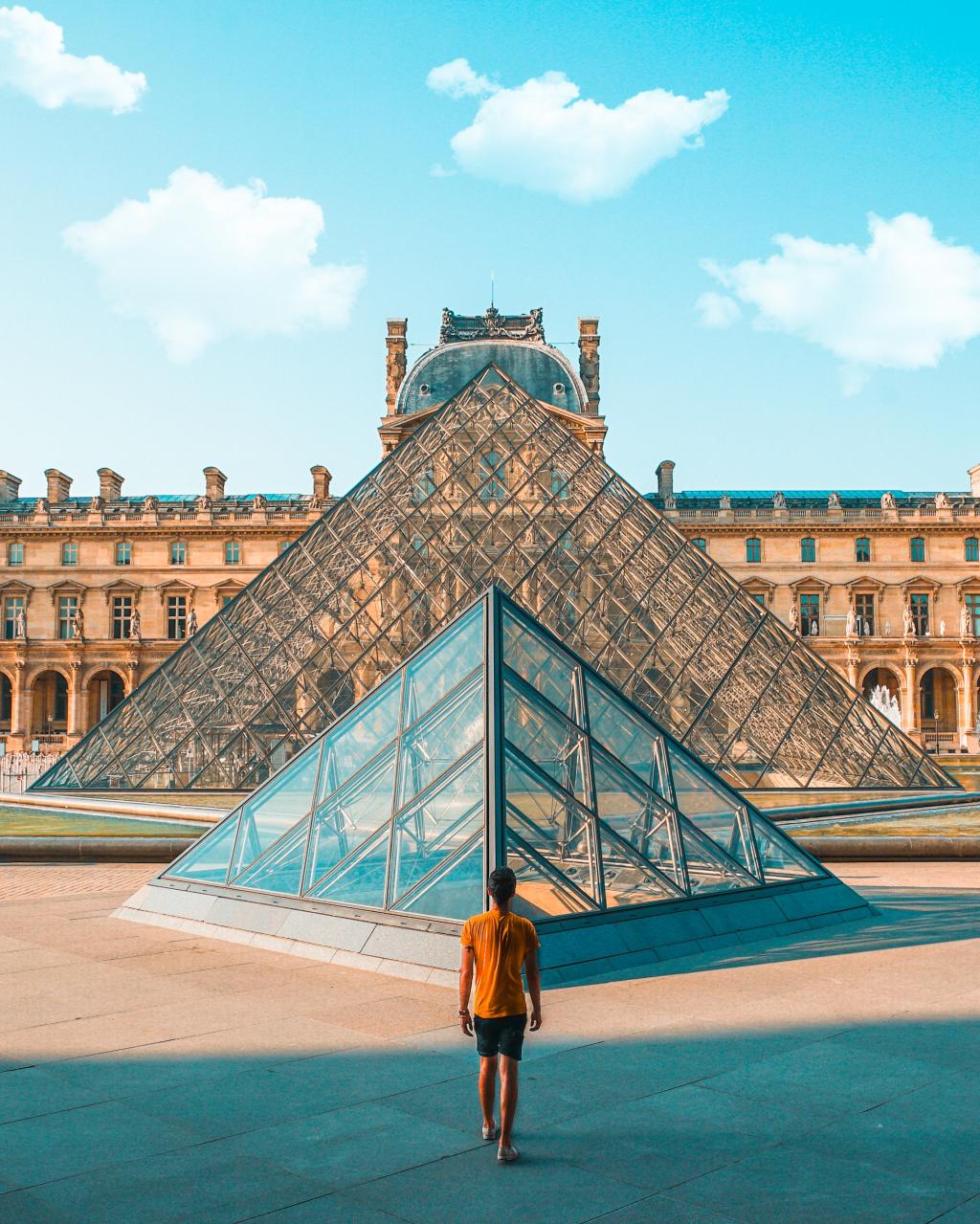
The Louvre's little secrets
Categories : Paris, published on : 8/18/22
The Louvre was originally a castle built on the city's highest point to protect Paris from invaders.
Later, the city of Paris expanded rapidly and many houses were built all around the castle. The fortress was therefore no longer used to protect the city, it became a place of residence for kings who made some trips there.
In the 14th century, Charles V began a real transformation of the castle. He added windows, renovated the roofs and decided to build the north and east wings.
The king decided to make the Louvre his official residence, and it became a place of royal power.
Important changes took place between the 16th and 17th centuries. The medieval fortress was replaced by new buildings.
In 1682, King Louis XIV decided to move to Versailles with his entire court. The Louvre thus became a place that hosted a large number of academies, including those of painting, sculpture, architecture, politics and even science.
It was following the French Revolution in 1789 that the idea of a museum began to emerge. In 1793, the museum was inaugurated under the name of the Central Museum of the Arts of the Republic.
In 1930, a real museographic reflection began. The storerooms were enlarged and filled up. Visitor routes were redesigned to be more coherent.
Finally, the Louvre Pyramid was built in 1989. It was designed by the architect Pei and is used mainly to better manage visitor flows.
Now let's get to the heart of the matter: the little secrets of the world's most famous museum.
- The Louvre Pyramid, a door to hell?
In 1989, the renowned architect Ieoh Ming Pei designed the famous Louvre pyramid. It would be composed of 666 glass triangles, 666 being the number of the devil. However, the management of the museum denies this rumor, the official number is 673.
- A secret way under the museum
There are communicating paths in the second underground level of the Louvre. These routes connect all the wings of the palace, allowing for the delivery of works of art and supplies, and enabling the staff to move more quickly.
These passageways are called V.D.I. (voie de desserte intérieure) and are of course closed to the public.
- The Louvre has an impressive collection
The visitable part of the museum is composed of 35,000 works and represents 70,000m². However, more than 265,000 works are stored in the basement and the museum continues to expand this collection. It would take a total of 100 hours to visit the entire museum.
- Tours are organized for film and music fans
A special tour is organized around the film The Da Vinci Code which includes the works that made the legend of the film and the book. A second visit is organized in reference to the clip Apershit by Beyoncé and Jay-Z. This one and a half hour tour is composed of 17 emblematic works of the museum that celebrate the black body and power.
- A protected heritage
During World War II, the Nazis looted and stole everything they could from the countries they invaded. They were about to do the same to the Louvre. However, a high commissioner of the French Fine Arts Administration, Jacques Jaudart, had already taken away the most important works before their arrival.
A German in charge of cultural intelligence and the preservation of enemy works of art in the service of Germany kept the secret after its discovery and even helped Jacques Jaudart to hide the works in several castles in the Lot region.
